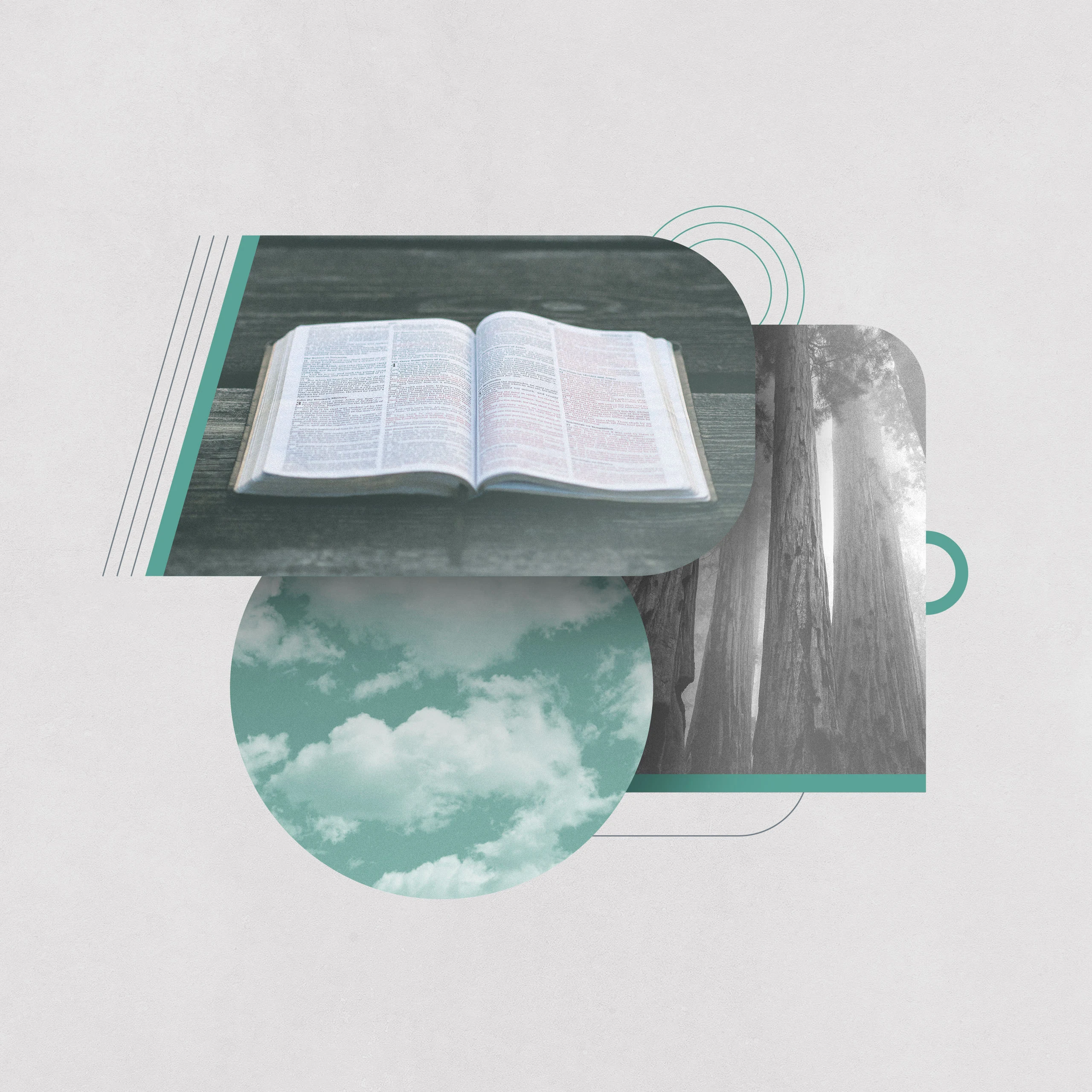3 Things You Should Know About Haggai

1. Now is the time to prioritize obedience to the Lord.
The book of Haggai was written to a deeply discouraged people. The inhabitants, who had returned from Babylon to Judah, found life back home crushingly difficult. Rebuilding their homeland and their former lives while surrounded by enemies on all sides was proving far harder than they had imagined, and the glorious promises of Isaiah 40–66 seemed a long way from their experience. As a result, they put the temple-reconstruction project on hold until their lives got easier. It seemed self-evident that now was not the time for such ambitious plans (Hag. 1:2).
The Lord’s perspective was different, however. He pointed out that they had found the resources to build their own wood-paneled houses (Hag. 1:4; see also 1 Kings 6:9; 7:3, 7). Meanwhile, their other activities were under God’s curse because of their disobedience (Hag. 1:5–6). They should give thought to their ways, eliminate the excuses, and prioritize obedience to the Lord (Hag. 1:8). Led by the governor, Zerubbabel, and the high priest, Joshua, the people listened to Haggai’s words and set to work (Hag. 1:12). The Lord was with them, and He roused their spirits to work together to rebuild the temple (Hag. 1:14), the visible symbol of the Lord’s presence with His people.
2. The best is yet to come.
As the people worked to rebuild the temple in Jerusalem, another potential source of discouragement emerged. The new temple had nothing of the former glory that had accompanied its predecessor (Hag. 2:2–3). Although it was the same size as Solomon’s temple, it not only lacked the abundant silver and gold, but the temple was also no longer the central symbol of a kingdom and empire, as it had been in Solomon’s days. Worse still, the glory of the Lord had departed the building before it had been destroyed by the Babylonians (Ezek. 10). Without the promised return of God’s presence (see Ezek. 43), the temple would remain a worthless, empty shell. Yet the Lord’s words through the prophet encouraged the people to see that He really had returned to their midst, even though the fruits of that return were not yet visible (Hag. 2:4–5). The people should be strong and work—the very same commands given in the days of Joshua and of Solomon himself (Josh. 1:6; 1 Kings 2:2). The same God who had been with Israel when they left Egypt was still with them, and He would make sure their labors were not in vain (Hag. 1:13).
Yet what they could see with their eyes was not the ultimate measure of the Lord’s work. They could look back and draw encouragement from what He had done in the past, but they also needed to remember what the Lord was going to do in the future (Hag. 2:6–9). There was a day coming when the Lord would transform this present world order, turning it upside down and putting the nations in their place, while providing blessing for His people, with peace (shalom) flowing out of His temple.
3. The Lord’s promises link the present and the future.
The Lord’s promise to be with His people, embodied in the Jerusalem temple, and His promise of a Messiah, embodied in the Davidic line, run like threads throughout Haggai’s prophecy (see 2 Sam. 7). At the beginning of the prophet’s work, both seem in question: the Jerusalem temple is still in ruins, abandoned by the Lord’s glory, and the Davidic line seems cut off, rejected by the Lord like a discarded signet ring (see Jer. 22:24–26). There are tangible evidences of restoration by the end of the book—the temple is rebuilt and the governor, Zerubbabel, a descendant of David, is affirmed as God’s chosen signet ring (Hag. 2:23). Yet the temple still lacked glory, and the governor was not a king, nor was he the promised Messiah. The people would have to live by faith, believing that the good things God was doing in their midst would be brought to completion in the final day.
Both promises pointed forward to Jesus Christ. He is the true temple of God (John 2:19), the one in whom God’s glory has come to dwell with us (John 1:14). As Immanuel (“God with us”), Jesus physically represented God’s presence in the midst of His people. Now that Jesus has ascended to heaven and poured out His Spirit upon the church, God’s presence is represented in the world by us, His people. As the body of Christ, the church is the new temple, made up of Jews and gentiles, built together as a holy dwelling place for God (Eph. 2:16–22; see 2 Cor. 6:16–7:1).
We too look to the greater Son of Zerubbabel as the One in whom our hope is found, Jesus Christ (Matt. 1:13). He too had no form or majesty to attract people to Him, taking on the form of a servant, then stooping even lower to the point of death on a cross (Phil. 2:5–8). Yet as a result of that act of obedience, God has established His anointed as the name that is above every name (Phil. 2:9–11). In the present, as we await the final shaking of heaven and earth, our calling is to be faithful, knowing that in the light of Christ’s death and resurrection, our labor in the Lord is not in vain (1 Cor. 15:58).
This article is part of the Every Book of the Bible: 3 Things to Know collection.


